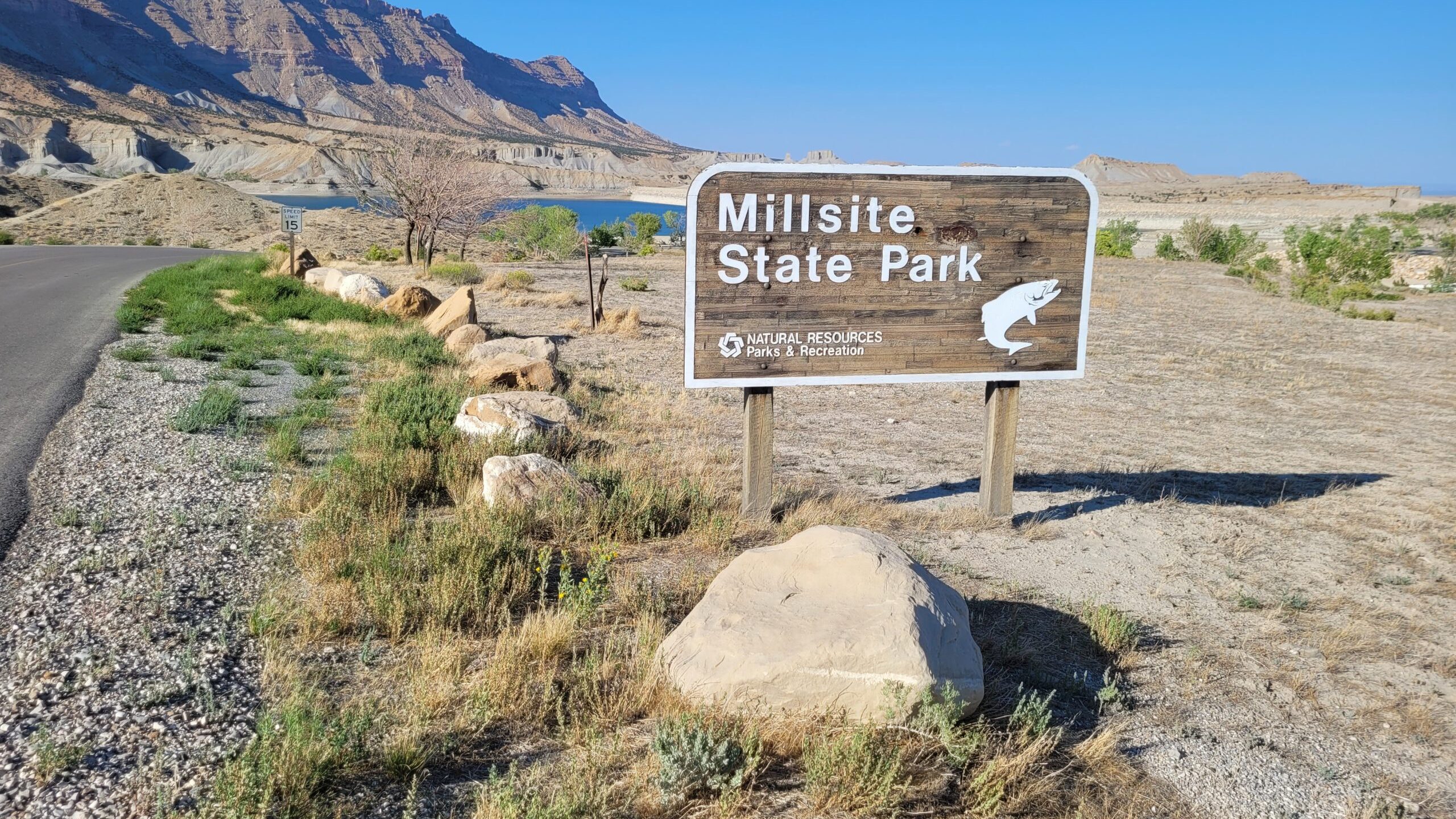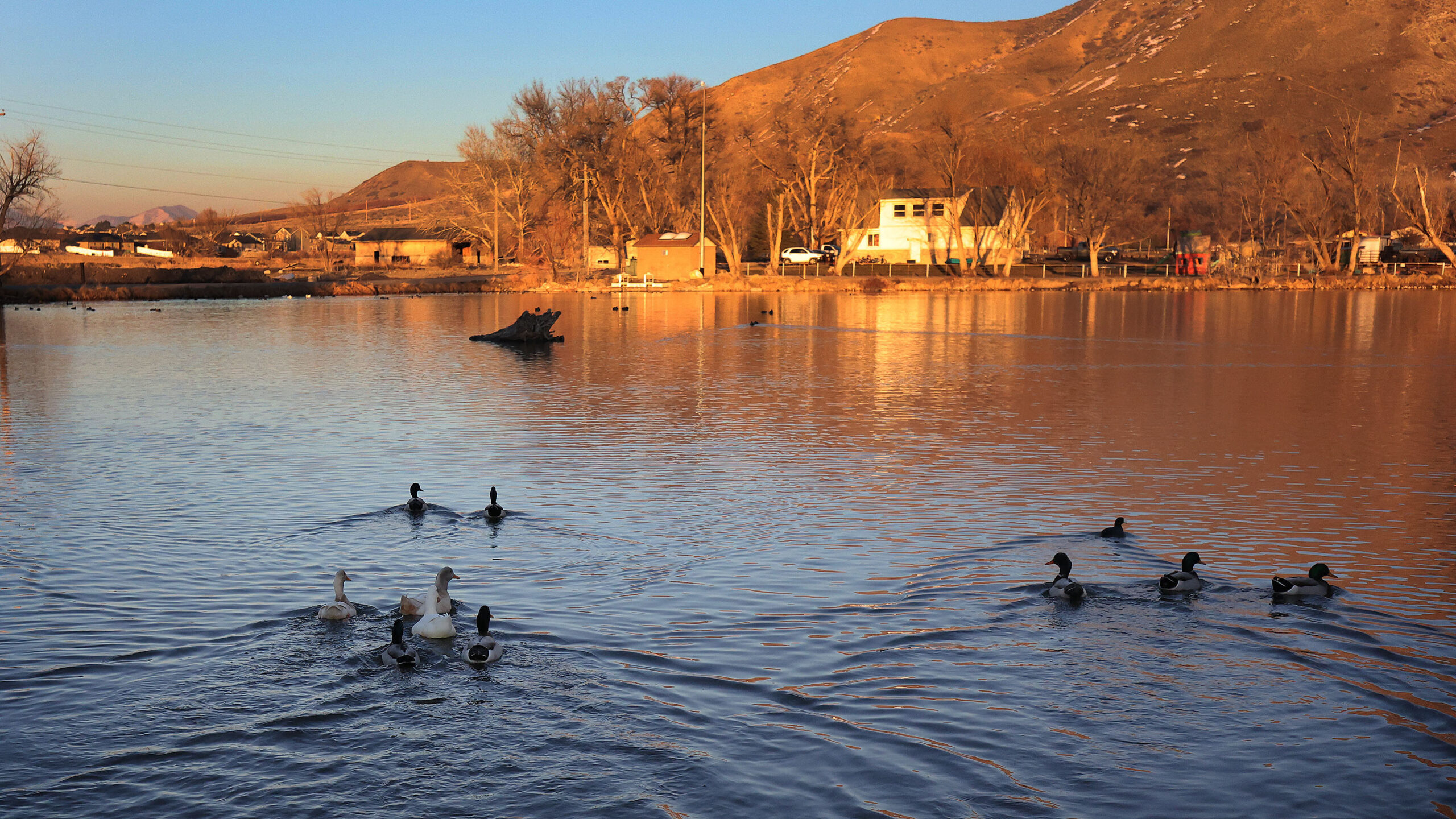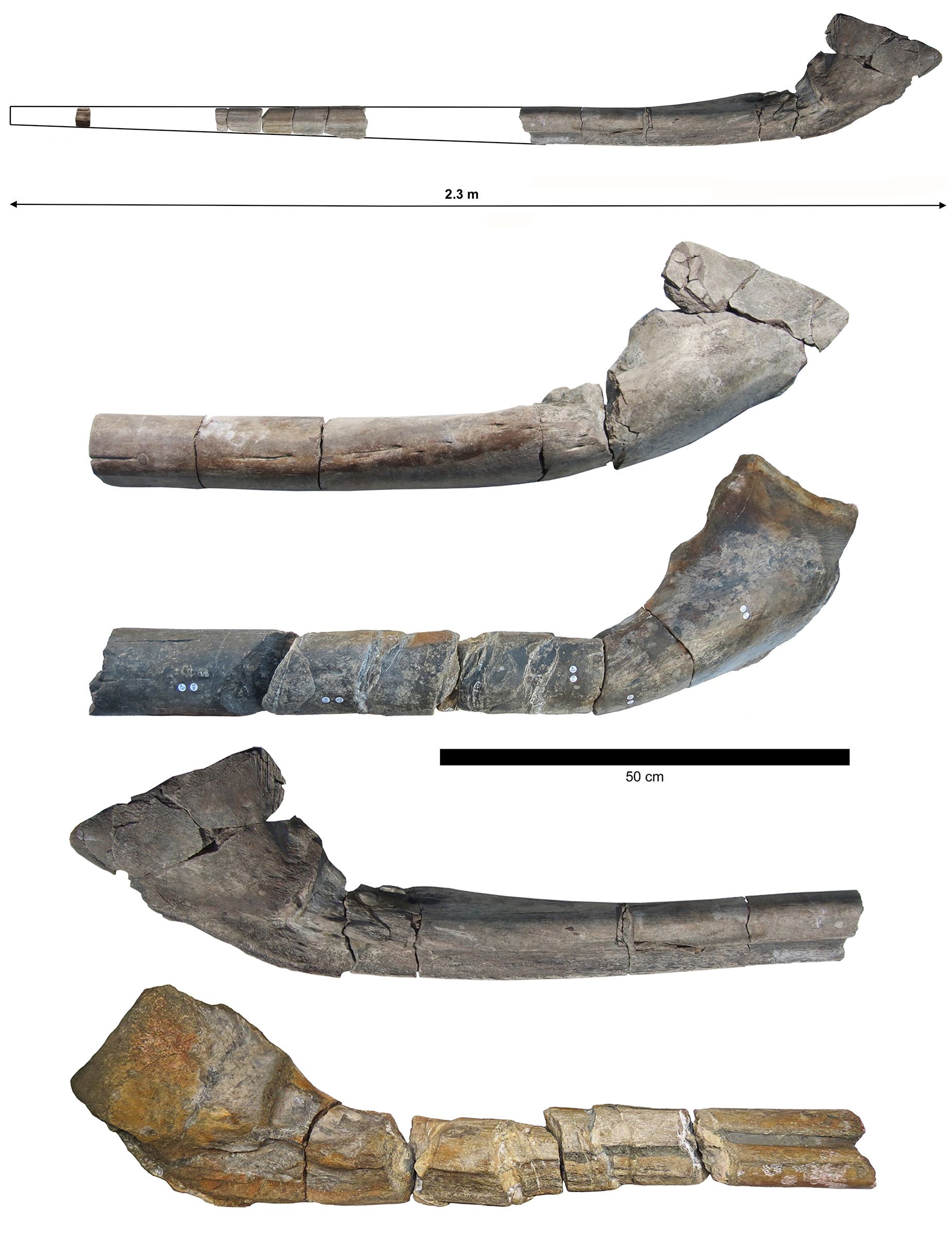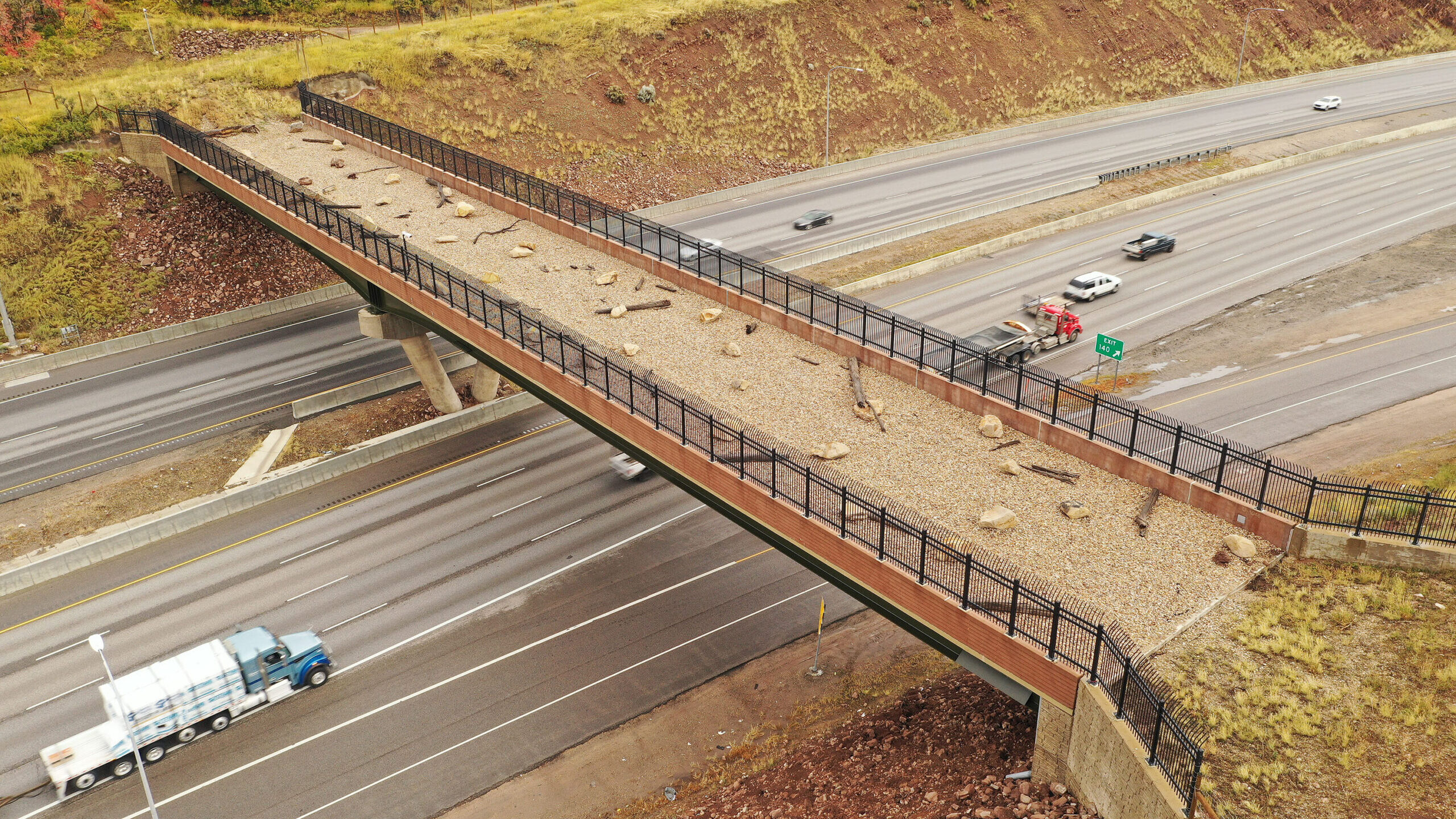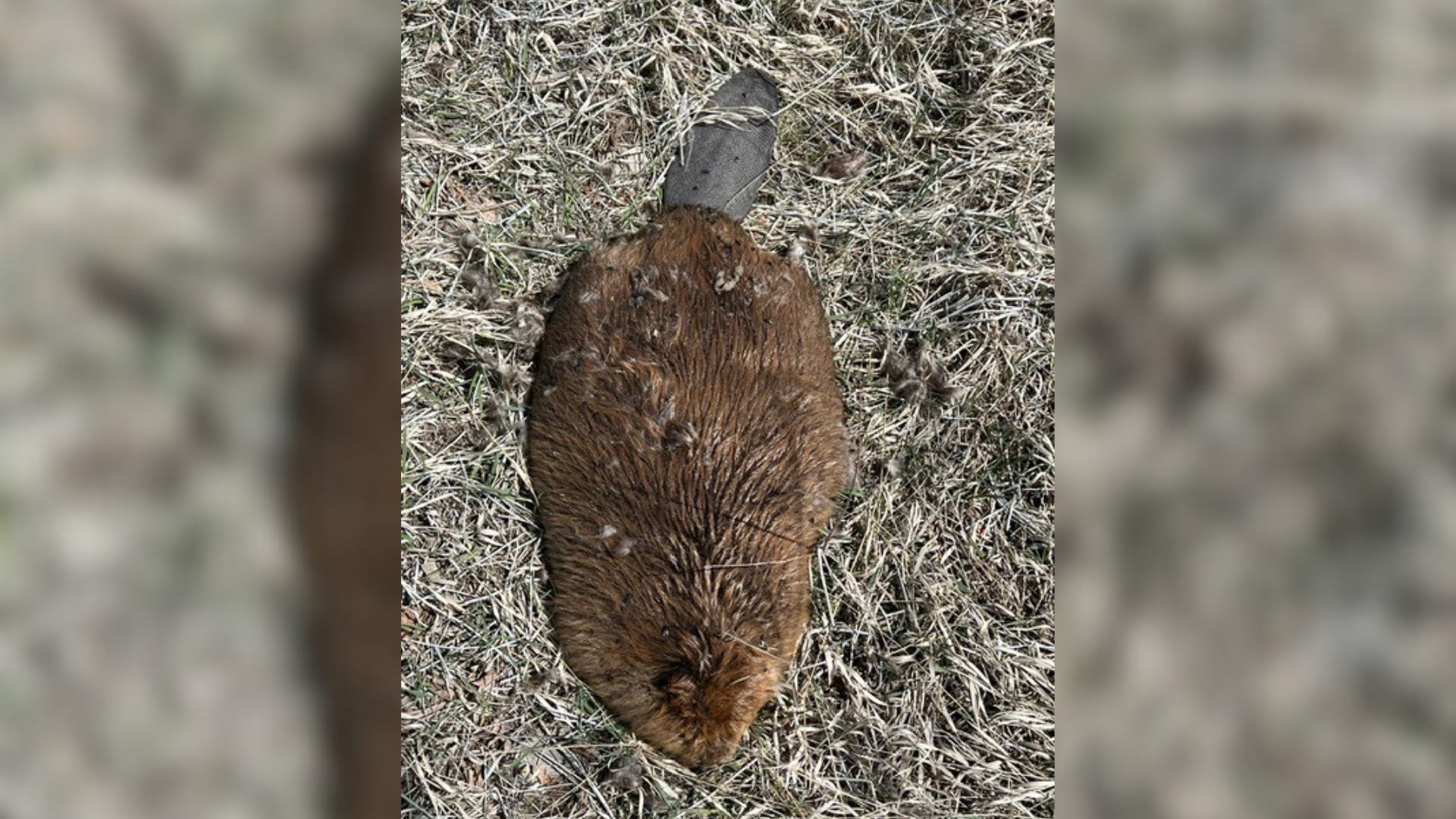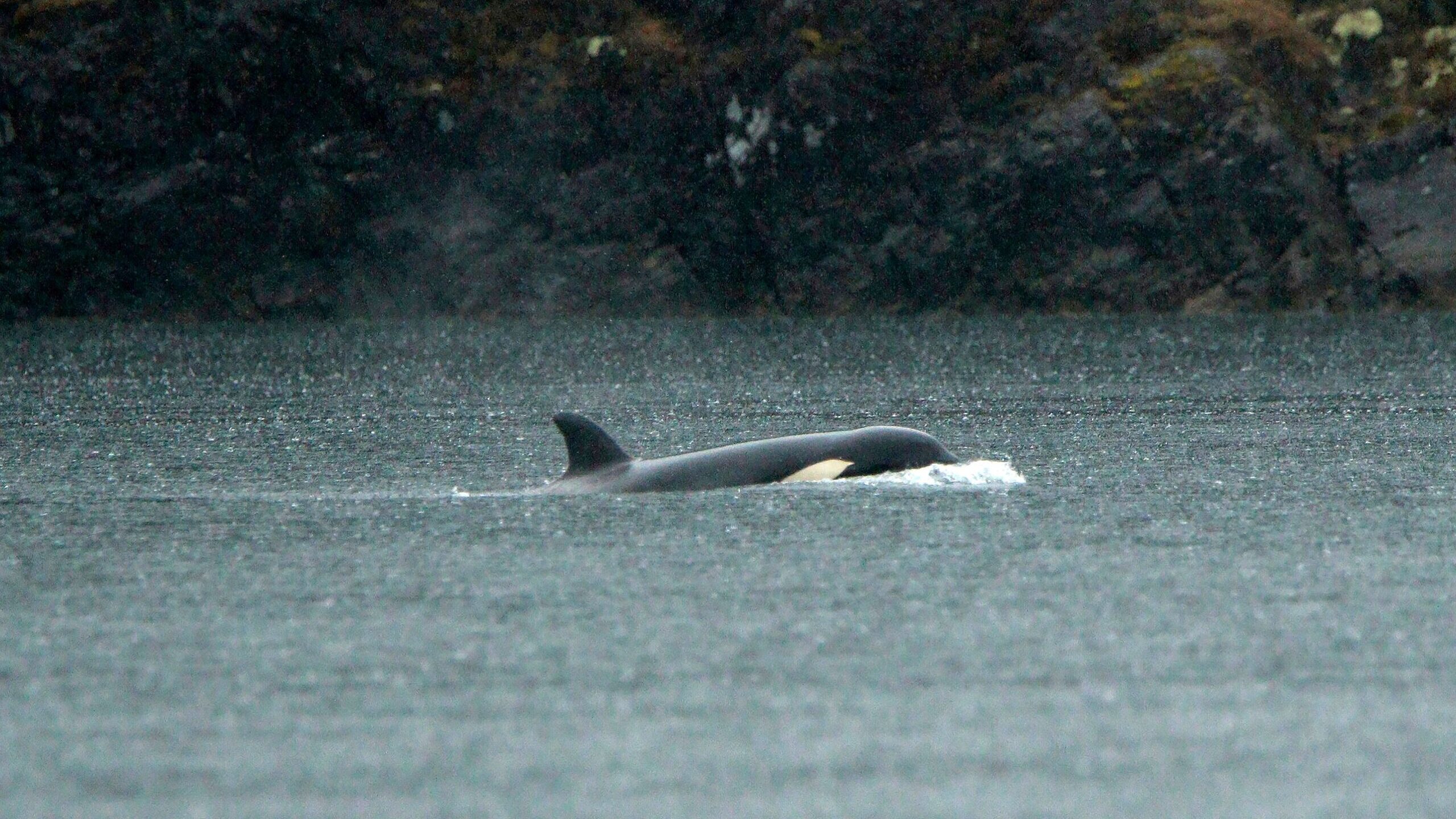November brings most car crashes involving wildlife, DWR says
Oct 19, 2023, 11:02 AM | Updated: 11:09 am
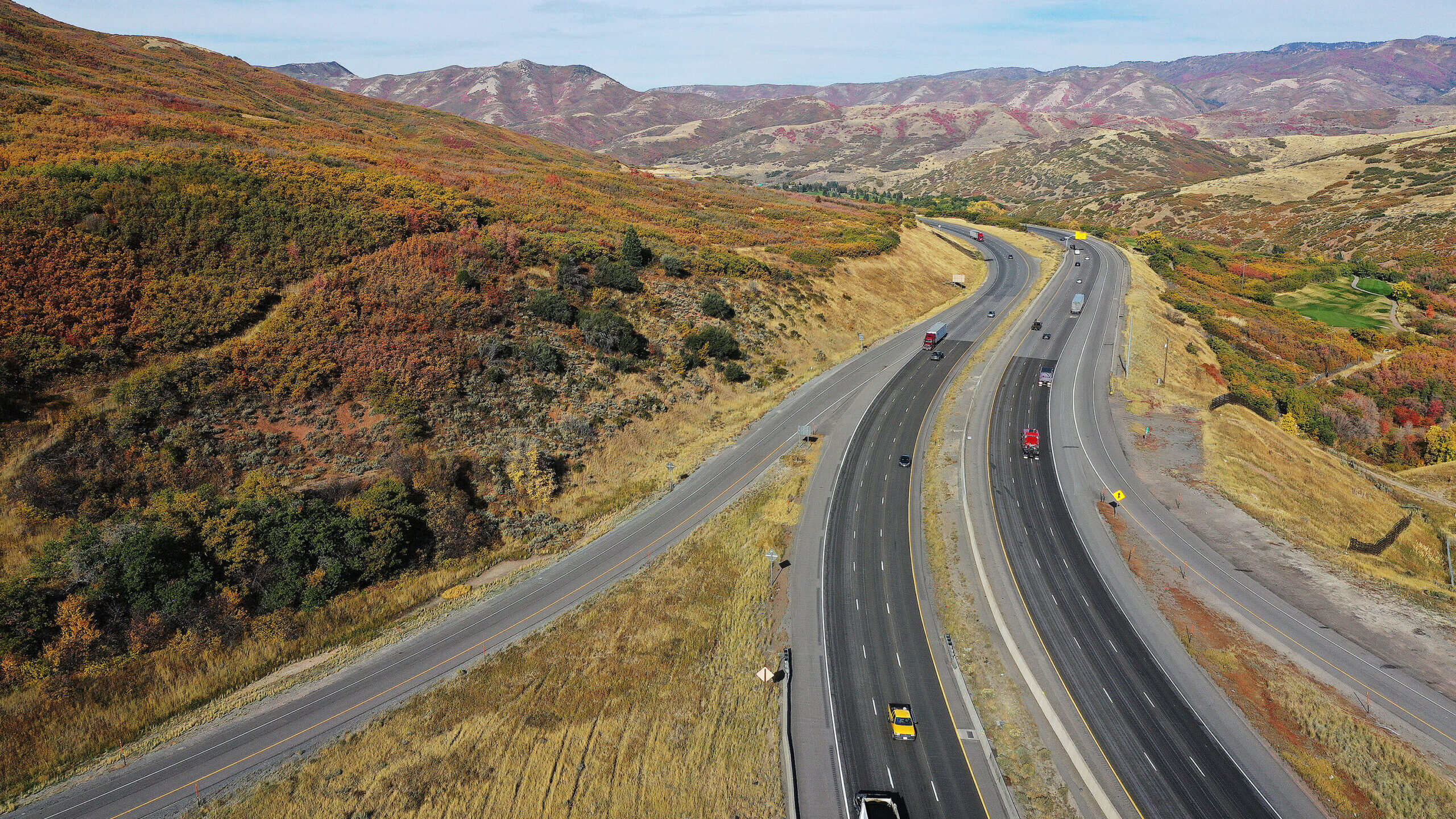
FILE: Traffic travels along I-80 in Parleys Canyon on Tuesday, Oct. 11, 2022. (Jeffrey D. Allred, Deseret News)
(Jeffrey D. Allred, Deseret News)
SALT LAKE CITY – The Utah Division of Wildlife Resources said November is the month with the most car crashes involving wildlife.
The increase occurs due to wildlife moving to lower elevations for food and the shorter daylight hours.
“It coincides with mating season and the annual migration of deer. Animals are crossing more roads during the migration, and … it also doesn’t help that the daylight hours are shorter during this time of year, creating lower visibility for drivers,” said DWR Migration Initiative Coordinator Blair Stringham.
Avoiding crashes
The DWR gave drivers some tips to avoid a crash.
First, drivers should be especially alert at dawn and dusk. Wooded, agricultural, and wetland areas are more likely to see wildlife crossings. Remaining alert includes eliminating distractions like food or cell phones.
Second, the DWR said to always pay attention to wildlife crossing signs. They are usually placed in areas that have seen a high amount of car crashes with wildlife.
Look for an animal’s eyeshine, which is a reflection of light by the inner eye, according to Merriam-Webster. Slow down if you see an animal on the side of the road.
If you see an animal, watch for additional wildlife, since they often travel in groups
Do not throw trash out of your vehicle. In addition to penalties for littering on a highway, trash and food scraps can also attract wildlife to roadways.
Third, the DWR said to use high-beam headlights to better illuminate the road. According to Car and Driver, you should use your high beams if you’re on a highway or rural road with no traffic within 500 feet of your vehicle.
Additionally, high beams should not be used in higher-traffic areas, as they can reduce visibility for other drivers. They also should not be used in rain, fog, or snow, as low-beam headlights are more effective for providing visibility in those conditions.
Finally, if you see wildlife on the road, slow down. Do not swerve.
If they are stopped in the middle of the road, honk or flash your lights at them to encourage them to move. Never get out of your vehicle. If an animal has crossed the road, continue driving at a slower speed. The DWR said it may cross again.
Following the advice from the DWR can prevent collisions, keeping motorists and animals safe.
Related reading:
- DWR offers tips for hunters as big game hunting seasons approaches
- DWR, Peregrine Project ask hunters to help protect California condors
- DWR suspects avian botulism outbreak killed birds in northern Utah

